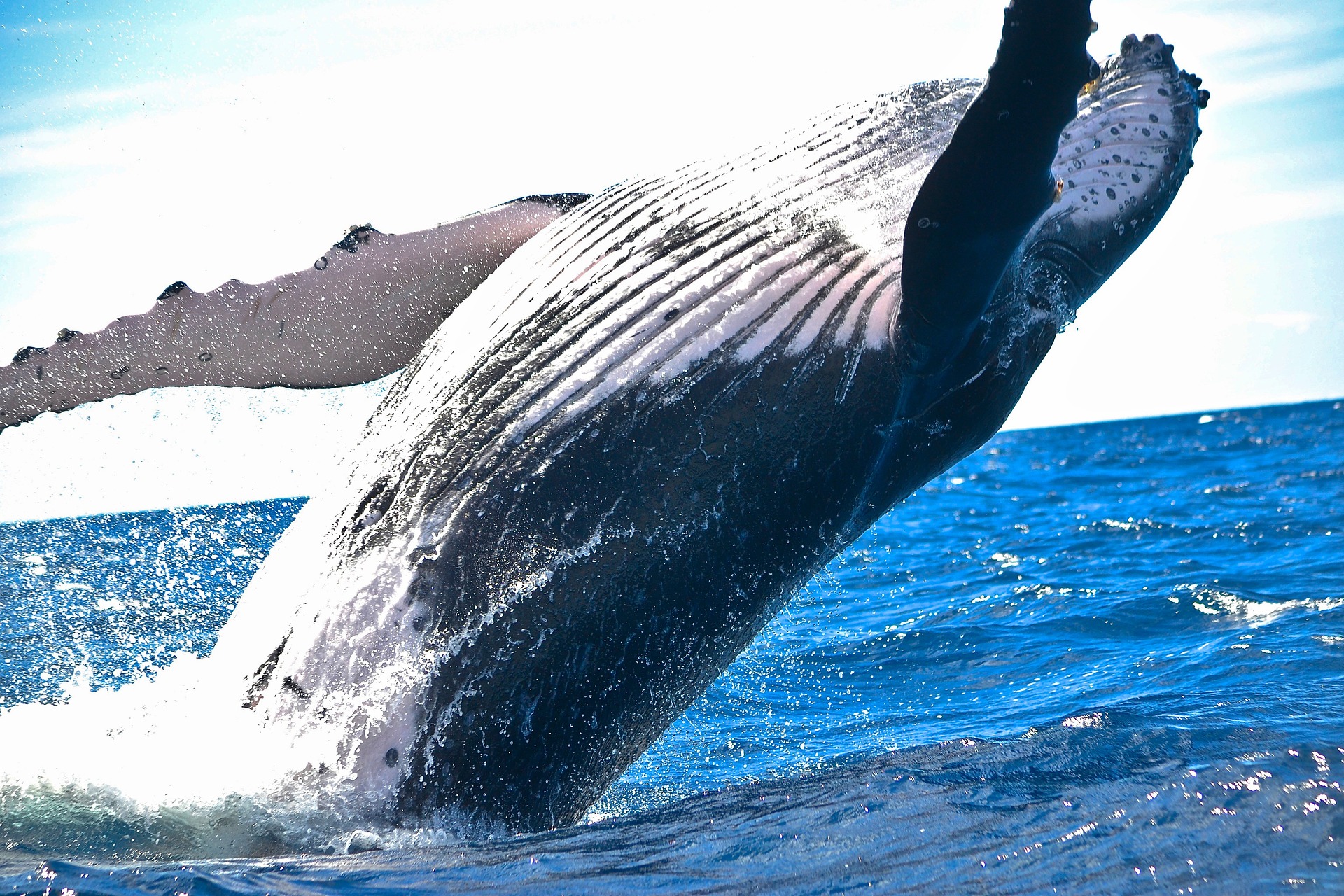Breaking Down the Science Behind High-Altitude Training
Every year, athletes from different sports disciplines flock to high-altitude regions to engage in an innovative training approach known as high-altitude training. This training methodology is gaining popularity due to its significant ability to enhance performance, but what exactly is the science behind this phenomenon? In this article, we delve into the details of high-altitude training, its benefits, challenges, and practical applications.

The Genesis of High-Altitude Training
High-altitude training, a concept once foreign to many, has its roots embedded deep in the 1968 Mexico City Olympics. Athletes from low-altitude regions found themselves gasping for breath at the 2,240 meters (7,349 feet) altitude of Mexico City. In contrast, those hailing from higher altitudes displayed superior stamina and endurance, sparking interest in the potential benefits of high-altitude training.
How High-Altitude Training Works
When an athlete trains at high altitudes, the lower oxygen concentration in the air stimulates the body to produce more red blood cells, which carry oxygen to the muscles. This increased red blood cell production can significantly improve an athlete’s endurance once they return to lower altitudes. However, it’s not a simple or swift process. It requires time and proper acclimatization for the body to adjust to the new environment and reap the benefits.
Benefits and Challenges of High-Altitude Training
High-altitude training can be a game-changer for athletes, particularly endurance athletes. It can improve oxygen-carrying capacity, enhance endurance performance, increase lung capacity, and promote better recovery. However, it’s not without its challenges. Acute mountain sickness, decreased training intensity due to reduced oxygen, and the costs associated with training away from home are some potential drawbacks.
Practical Applications of High-Altitude Training
Many athletes now employ a “live high, train low” approach. They reside at high altitudes to reap the physiological benefits but conduct their high-intensity training at lower altitudes where more oxygen is available. This strategy allows athletes to maintain training intensity while still promoting increased red blood cell production.
The Future of High-Altitude Training
As sports science continues to evolve, so too does our understanding of high-altitude training. Research is ongoing into how to maximize its benefits, minimize its drawbacks, and make it accessible to more athletes. With its potential to significantly enhance athletic performance, high-altitude training is set to remain a staple in the training regimes of many athletes.
In conclusion, high-altitude training offers a unique and effective way for athletes to enhance their performance. While it comes with its challenges, the potential benefits make it an approach worth considering for any serious athlete. As sports science continues to evolve, we can look forward to further insights and developments in this fascinating area.





